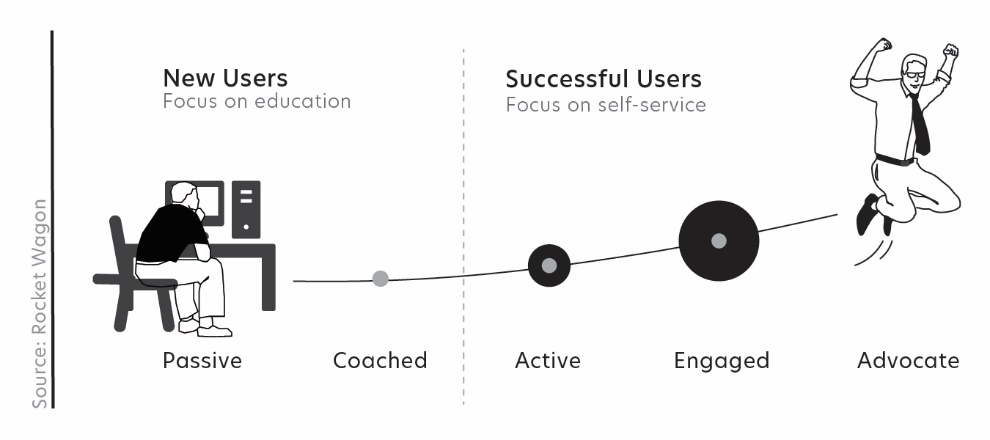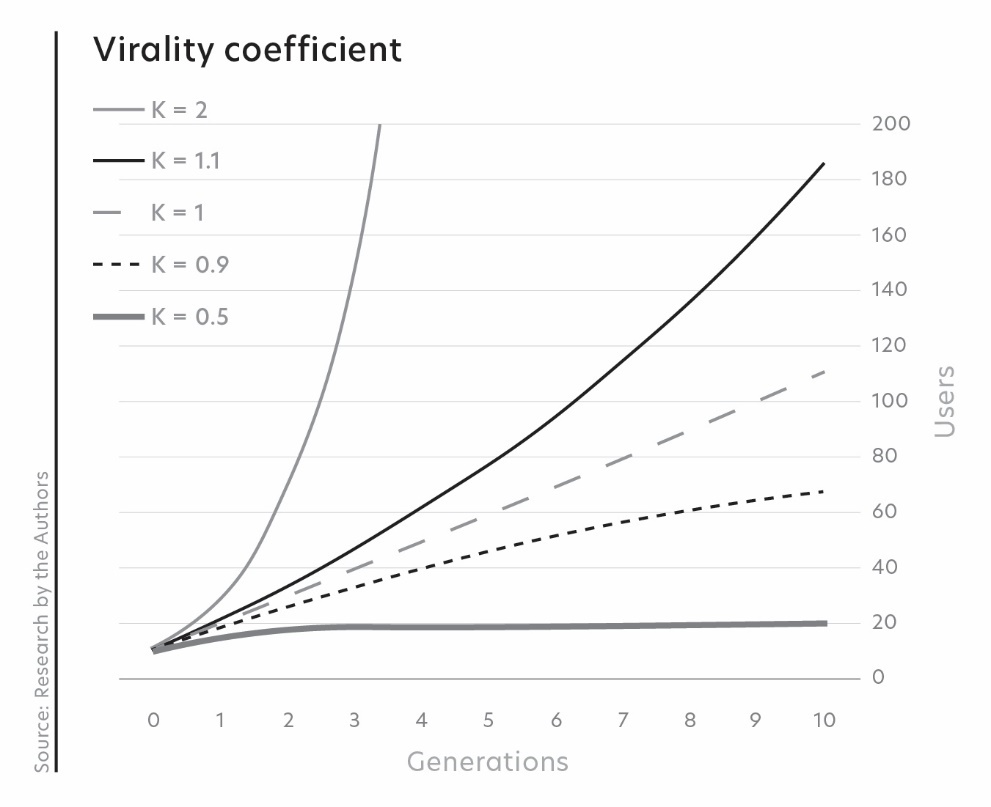Customer Success is Your Success.
Originally published as part of, “The Day Before Digital Transformation” by Phil Perkins and Cheryl Smith
Customer success puts customers (or users) at the center of your digital offering strategy. The goal is to maximize engagement by providing support to customers so they receive the full value of your solution and achieve their desired outcome quickly and easily when using your solution. This may seem obvious, but many digital efforts have failed due to lack of a holistic customer success strategy that simultaneously addresses the people, processes, and technologies that interact with customers.
A landmark study by Watermark Consulting showed that companies recognized as leading customer experience firms outperformed the S&P 500 Index by 45 points between the years of 2007 and 2018. Companies rating low in customer experience posted a total return that was 76 points lower than the market average.[i] Being customer-obsessed pays off.
Customer success is not new or innovative, but those unfamiliar with the concept often confuse customer success with customer support. Customer support is reactive. Customer success is proactive.
If a customer cannot use your solution due to a technical issue or has a problem that requires intervention from your team, that is customer support. If a customer is asking questions like “How do I get access to an upgraded service you are offering?” or “I’d like to schedule an overview for new employees, how could we get this set up?” or, worst case, they’re not using your system or asking any questions, then those are jobs for a customer success team. What successful digital leaders have learned is that customer success is proactive in its approach to assisting customers in the effective use of your solution, while customer support is reactive to failure of performance or understanding of your solution.
Leading customer success organizations take a long-term view of customer relationships. They are proactive in solving issues that affect customer adoption and satisfaction. Being successful requires enabling unprecedented collaboration across sales, account management, product, and customer support organizations. They prioritize having a deep understanding of the customer’s end goal, and why they purchased or are using the solution, because happy customers are a powerful growth accelerator. (Figure 31)[i]

Figure 31 The path to customer advocacy
The easiest sale is when customers do the selling
While loyal customers have always been an organization’s bread and butter, in the Digital Age they also become your best sales team.
There is a basic principle that successful digital leaders understand in detail: online referrals. The concept of having your users promote on your behalf is one of the most powerful aspects of the Digital Age, i.e., “going viral.” Going viral is a mathematical outcome that can be measured. Going viral is achieved when the average user refers 1.1 or more additional users. It is rare for an organization to achieve a referral rate of 1.1 or greater, but that does not mean it is not important to provide customers with a simple way to be an advocate on your behalf. The impact of going viral on growth and marketing costs is substantial, which we illustrate in the figure below. (Figure 32) The number K represents the number of referrals made by each user. The number of generations represents the compounding effect when a user that has been referred then refers to another user. You can see that after K is greater than 1.1, the user base starts to grow even without additional marketing effort.

Figure 32 Virality coefficient
[i] Icons used in the figure are from the Noun Project, created by Lluisa Iborra, Adrien Coquet, https://thenounproject.com/